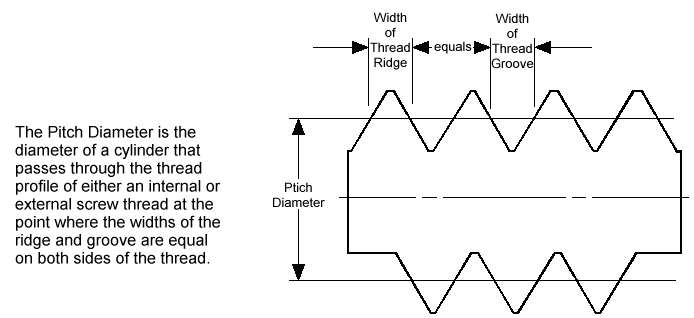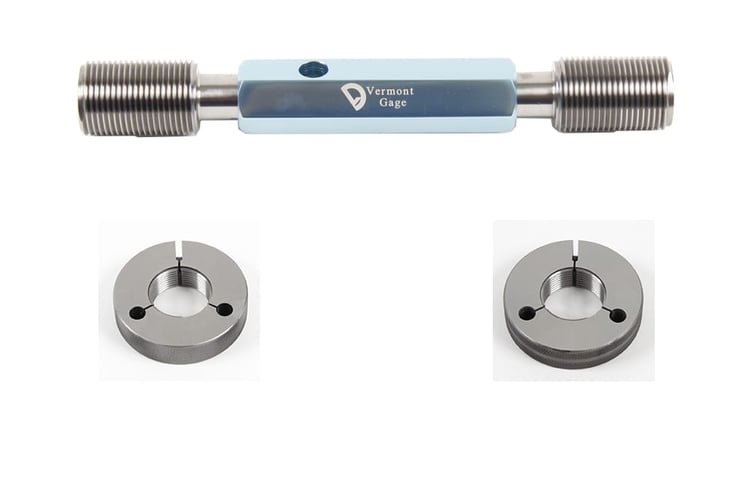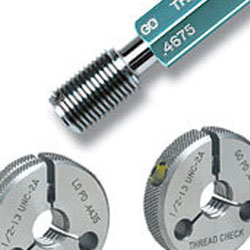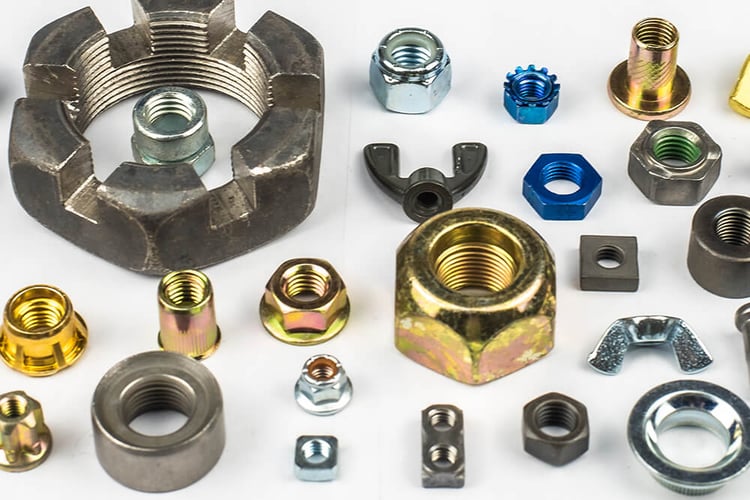When it comes to threaded fasteners, pitch diameter is a critical measurement that determines the fit and function of the threads.
Understanding the importance of pitch diameter and how to ensure accuracy in your designs can help you create reliable and effective threaded connections.
Let's explore the basics of pitch diameter for threads and provide tips for achieving accurate measurements.
What is pitch diameter?
Pitch diameter is the theoretical diameter of an imaginary cylinder that passes through the threads of a threaded fastener at a point where the width of the threads and the width of the spaces between the threads are equal.
It is the most important dimension for determining the fit and function of threaded connections, as it directly affects the amount of engagement between the threads and the amount of torque required to tighten or loosen the fastener.
Pitch diameter is an important dimension used to describe threaded fasteners such as bolts and nuts.
It is the diameter of an imaginary cylinder that passes through the threads at the point where the width of the threads and the width of the spaces between the threads are equal.
In other words, it is the diameter that defines the spacing of the threads on the fastener.
The pitch diameter is commonly measured using special gauges, such as thread plug gauges for internal threads or thread ring gauges for external threads.
This measurement is important because it determines the fit between the threaded fastener and its mating part.
If the pitch diameter is too large or too small, it can result in poor thread engagement and weaker joints, which can ultimately lead to failure.
It's worth noting that pitch diameter is not the same as major diameter, which is the largest diameter of the thread, or minor diameter, which is the smallest diameter of the thread.
Rather, pitch diameter is an intermediate dimension that plays a critical role in determining the thread's overall geometry and function.
Why is pitch diameter important for threaded fasteners?
Pitch diameter is crucial for threaded fasteners because it determines the fit and function of the connection.
If the pitch diameter is too small, the threads may not engage properly, leading to a weak connection that can easily come loose.
On the other hand, if the pitch diameter is too large, the threads may bind or seize, making it difficult to tighten or loosen the fastener.
Ensuring accurate pitch diameter measurements is essential for creating reliable and effective threaded connections.

Image Source: Ring and Thread Plug Gages
How is pitch diameter measured?
Pitch diameter is measured using specialized tools such as thread plug gauges and thread ring gauges.
These gauges are designed to fit into the threaded hole or over the threaded shaft and measure the distance between the crests of the threads.
 Image Source: Vermont Gage
Image Source: Vermont Gage
It is important to use the correct gauge size and to ensure that the gauge is properly calibrated to ensure accurate measurements.
Inaccurate pitch diameter measurements can lead to faulty connections and potential safety hazards.
What are the consequences of incorrect pitch diameter?
Incorrect pitch diameter can lead to a variety of issues with threaded fasteners. If the pitch diameter is too small, the threads may not engage properly, leading to a loose connection that can fail under stress.
If the pitch diameter is too large, the threads may bind or strip, making it difficult or impossible to tighten the fastener properly.
In extreme cases, incorrect pitch diameter can even lead to catastrophic failure of the fastener and the equipment it is holding together.
It is crucial to ensure accurate pitch diameter measurements to ensure the safety and reliability of threaded fasteners.
How can you ensure accuracy in pitch diameter measurements for threaded fasteners?
There are several methods for ensuring accuracy in pitch diameter measurements for threaded fasteners.
One common method is to use a thread plug gauge, which is a precision tool designed to measure the pitch diameter of threaded holes.

Image Source: Thread Check INC
Another method is to use a thread micrometer, which is a specialized micrometer designed to measure the pitch diameter of threaded fasteners.
It is also important to use high-quality materials and manufacturing processes to ensure that the pitch diameter is consistent and accurate across all fasteners.
Regular testing and inspection can help identify any issues with pitch diameter and ensure that threaded fasteners are safe and reliable.


